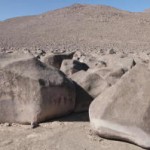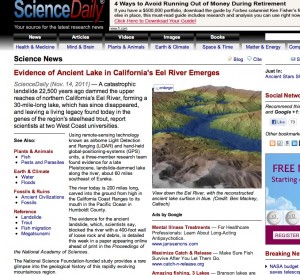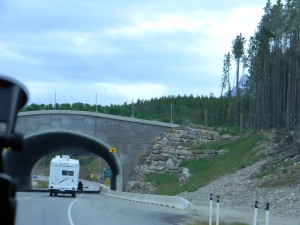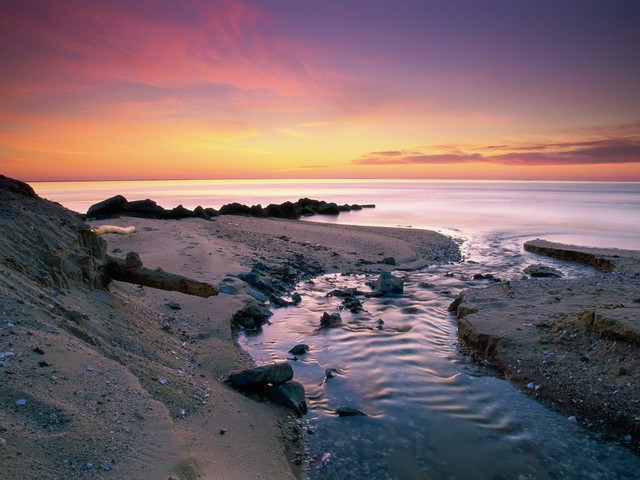For years BBC news was the easiest and fastest source of world news for me. I usually use the Russian version of the website thought, which is slightly different. Recently, I discovered the Science and environment section on the BBC website.
This website is informative as a well as interactive. It has in the news story of the day. For example today the main article on the page was Climate summit faces big emitters’ stalling tactics, it discussed the efforts of cutting GHG emissions by the nations. It showed that the debate about which countries should do what still continues even after the Kyoto protocol. According to the article developing countries will certainly target rich governments such as Japan, Canada and Russia over their refusal to commit to new emission cuts under the Kyoto Protocol, whose current targets expire at the end of next year. However, the article states that another main topic of the summit will be financial aid to the developing countries through Green Climate Fund, although it is not clear yet who exactly will provide the estimated funding of $10 billion dollars for the developing countries to reduce their GHG emissions. Developing countries say the public coffers of industrialized nations should be the main source, whereas industrialized world believes that private sector must be the primary source. At the end of the article the website provides links to previous articles related to the topic such as why did Copenhagen fail? I find that very useful, especially while starting doing research.
The main webpage of BBC science and environment has other unrelated stories below the main article, concerning different aspects of biosphere, hydrosphere, atmosphere and lithosphere. It also provides links to articles/ blogs by BBC experts on different topics. For example, I found one on marine reserves in Australia called Australia plans huge marine reserve in Coral Sea. The plan is to have fishing commercial and recreational allowed being only in some areas of the reserve, which at its closest point would start 60km (37 miles) from the coast and it extends out to 1,100km to protect the coral reefs.
The website also has great video and audio resources to keep the reader interested and save time. Videos and audios have related articles or text version below in case anyone was interested in keeping written record. Here is a video of an unusual formation beneath the ocean called Icicle of death.











